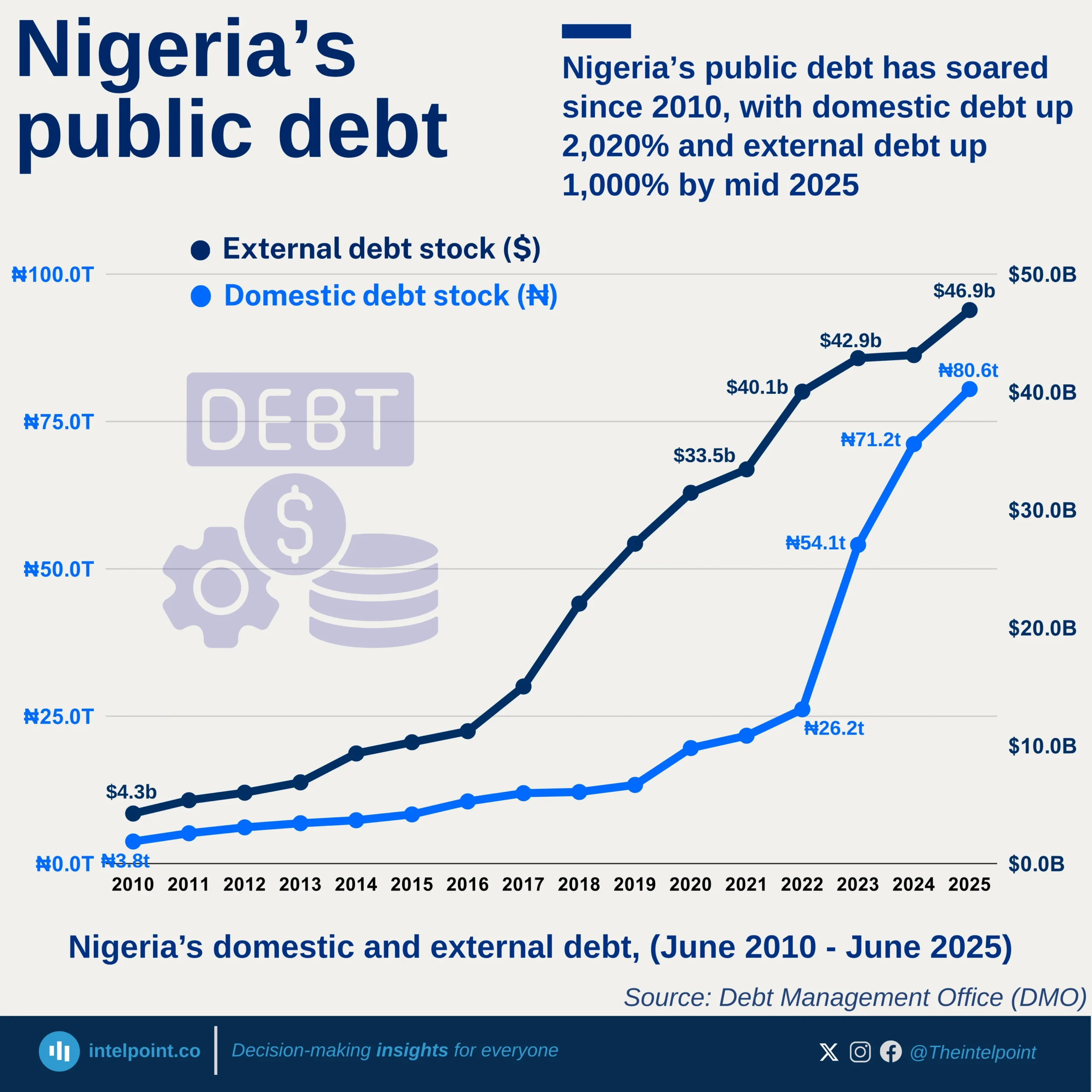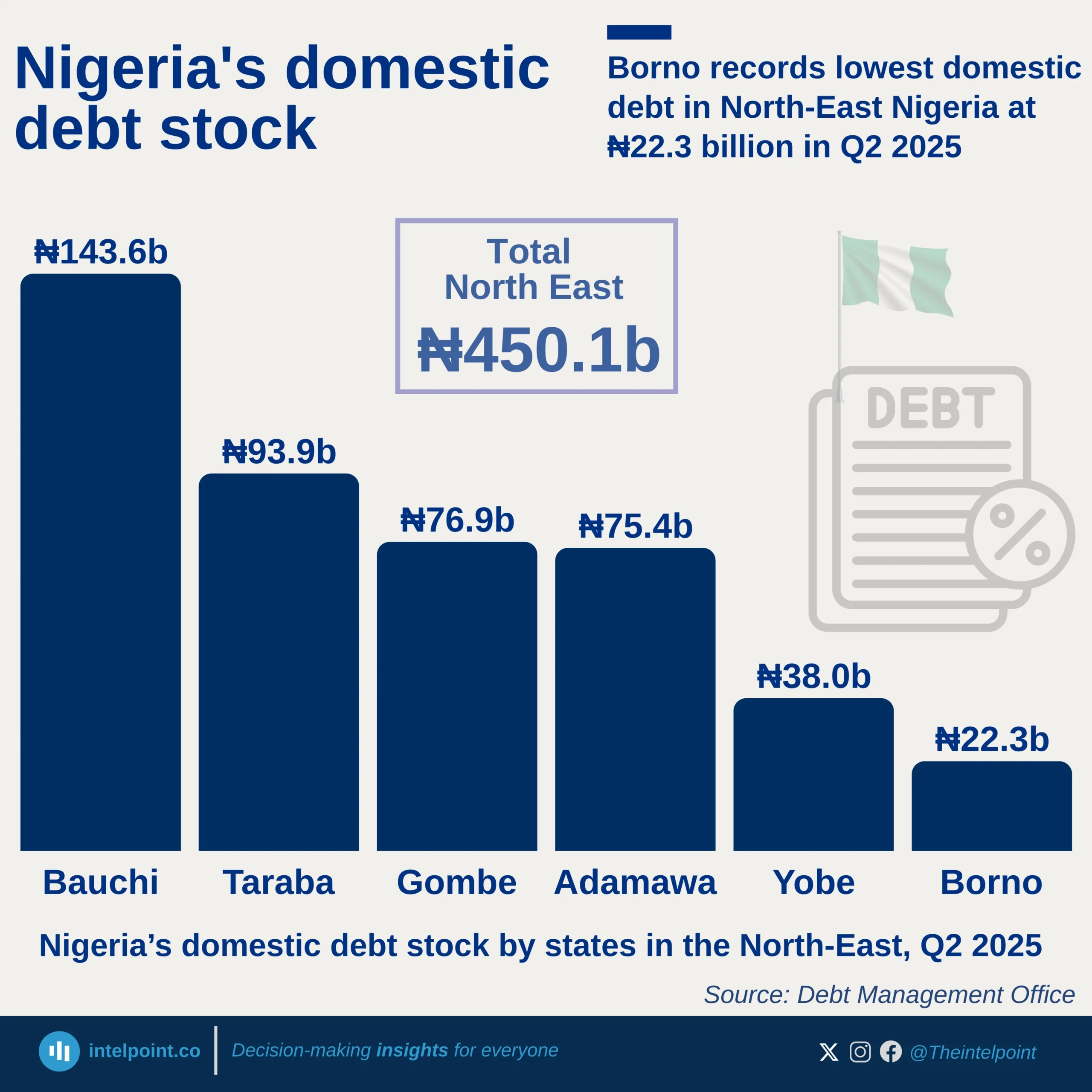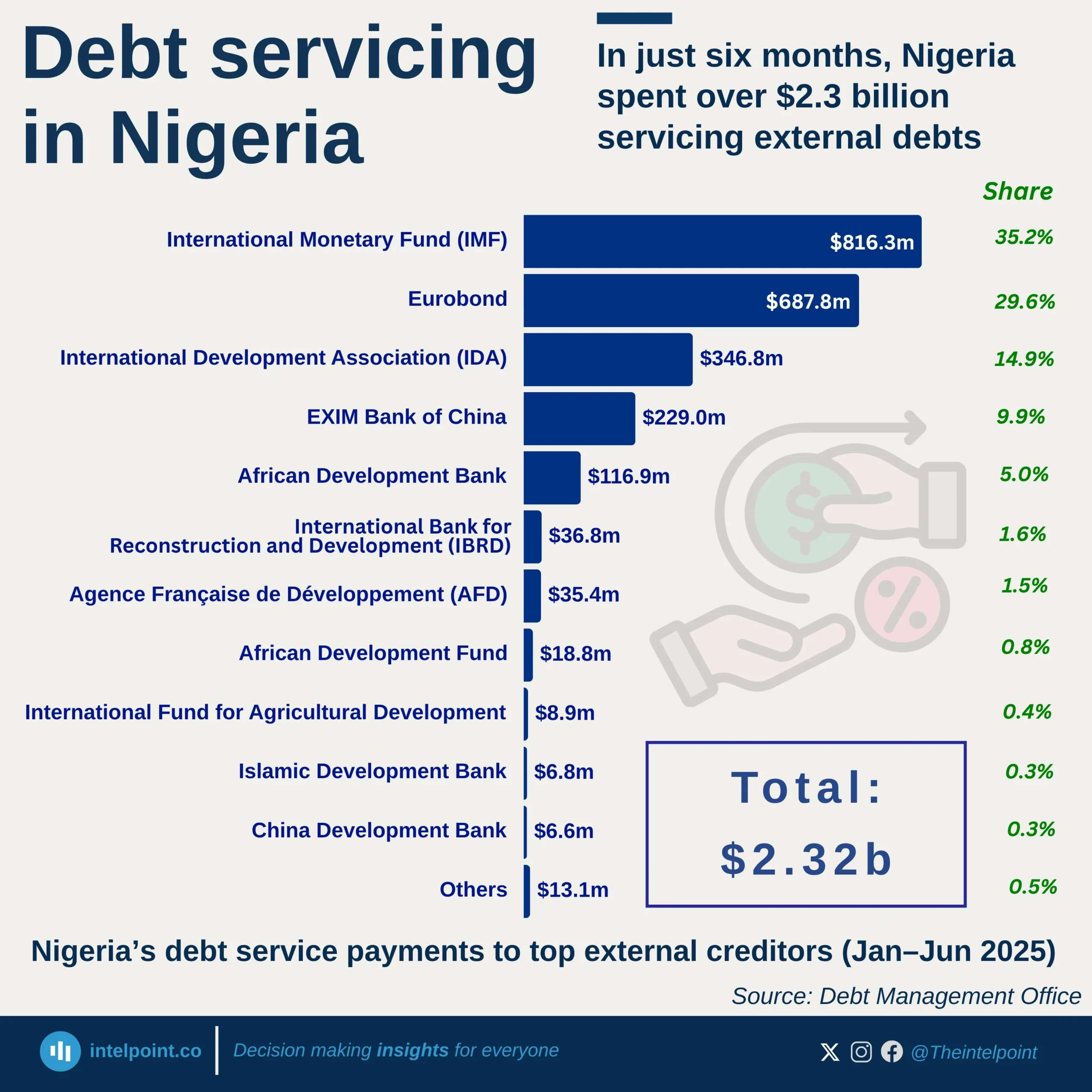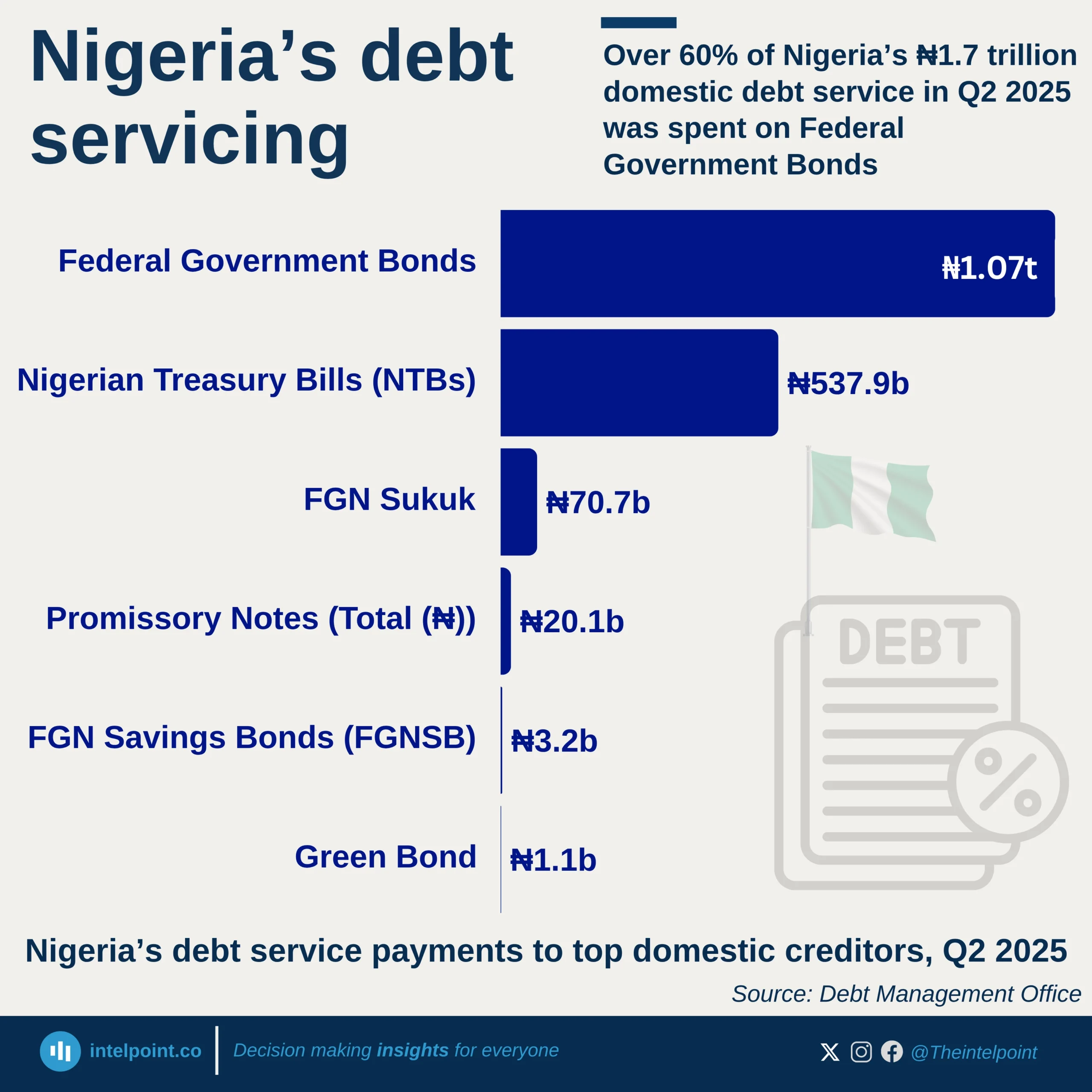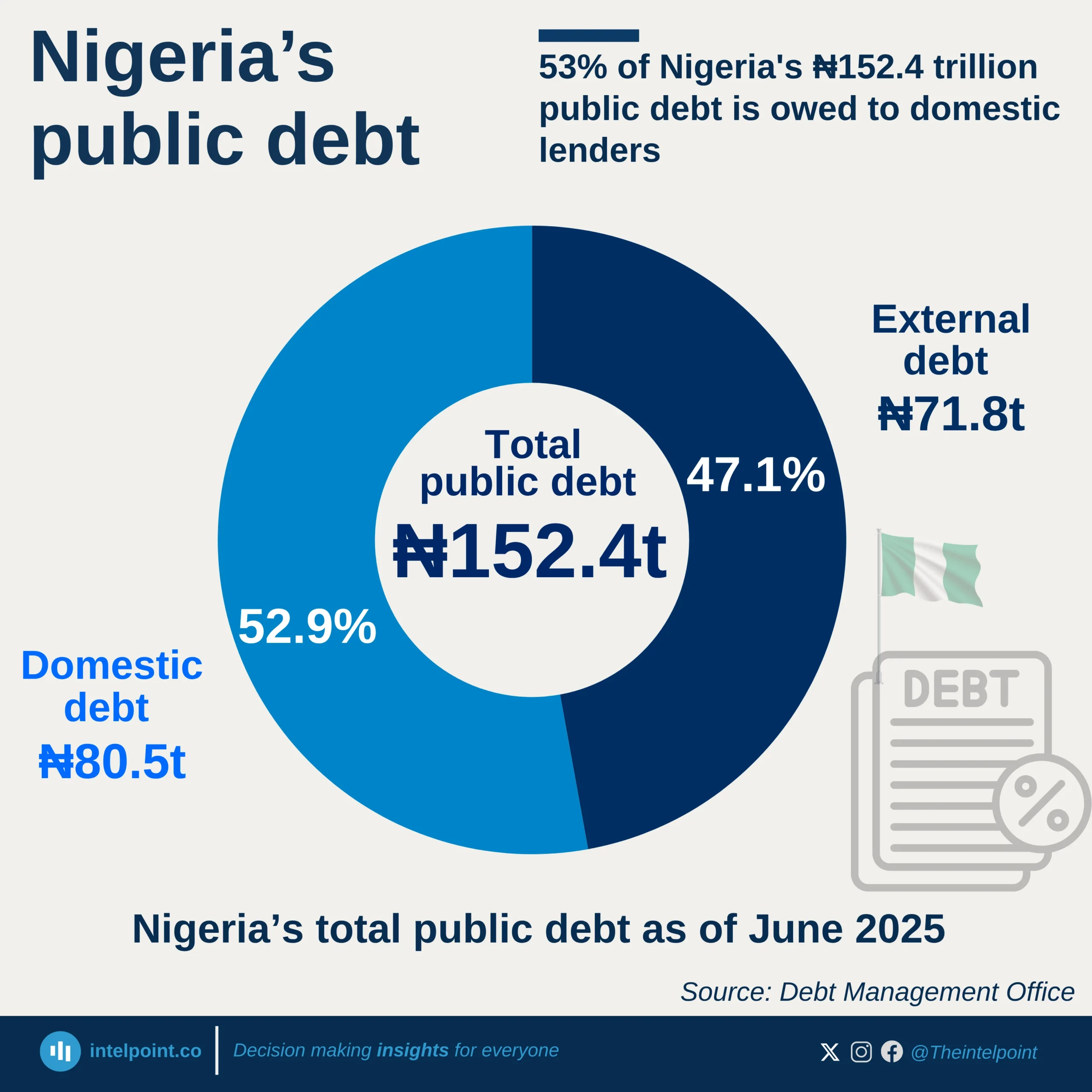Key Takeaways:
Between 2016 and 2019, the Democratic Republic of Congo experienced a consistent decline in its external debt to the International Monetary Fund. This period of fiscal restraint saw the debt fall from SDR 263 million to SDR 69.3 million.
However, 2020 marked a dramatic turning point. The country’s debt surged to SDR 296.2 million—a 327% increase in a single year. From that point forward, the DRC’s debt profile has continued on an upward path, with debt reaching SDR 1.79 billion by March 2025.
